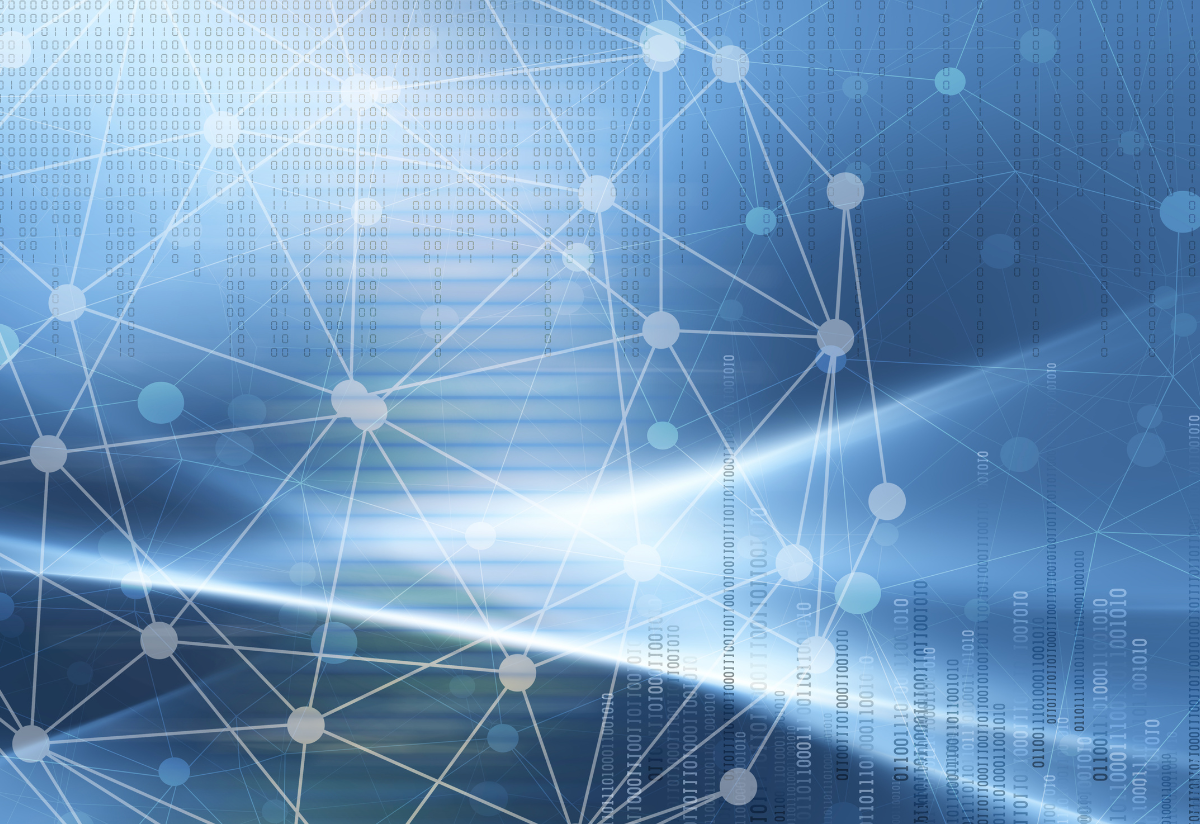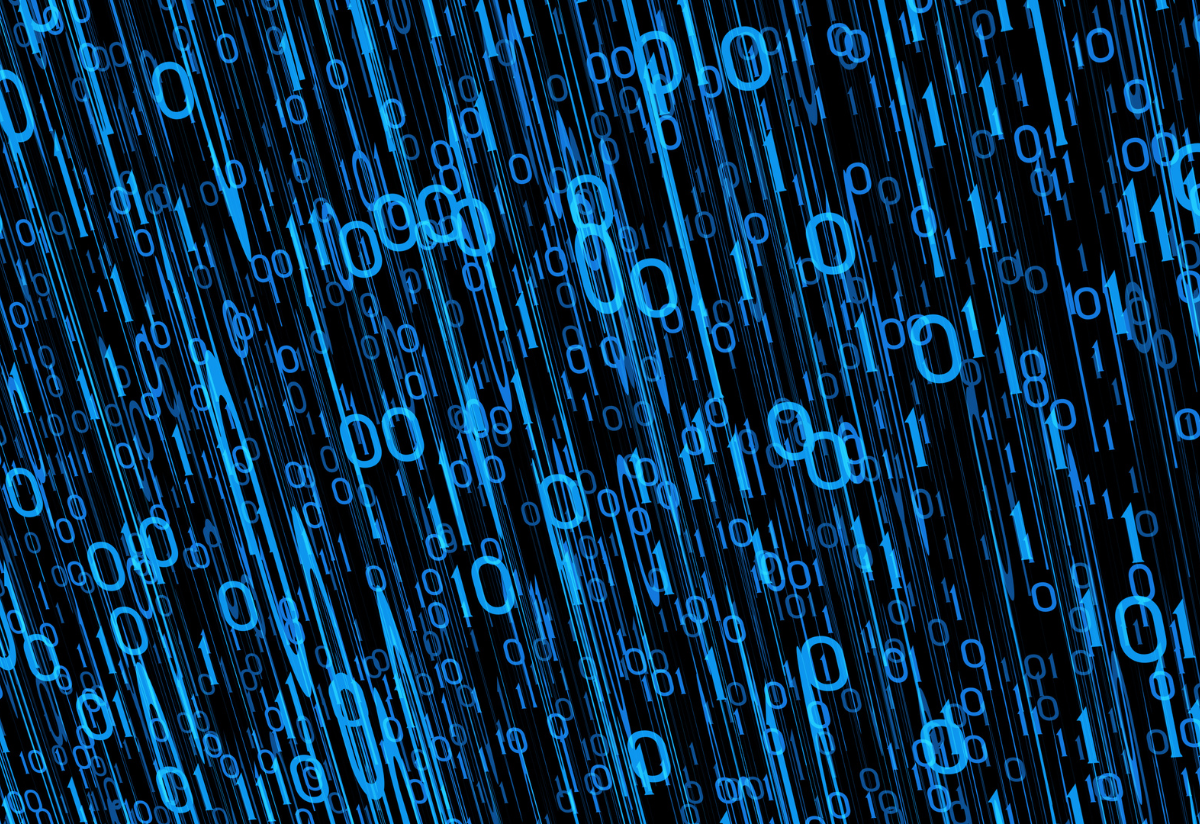Introduction
In today’s rapidly evolving technological era, cybersecurity is essential for protecting against emerging threats in our interconnected world. The goal of this “Cybersecurity Time Capsule” is to have an overview of the current state of cybersecurity in today’s world and what measures will be changed or kept the same among future generations from the years beyond. Obviously, the latter objective of this goal is to be done by future cybersecurity professionals, however, we will go through some headlines that mark the potential future and changes. The contents of this blog (capsule) is a repository of current security measures, policies, standards, and prevalent vulnerabilities, which offers a unique lens where future generations can view the evolution of cybersecurity practices.
Current Security Measures and Standards
Encryption
Among these, encryption technologies are particularly noteworthy as they form the foundation for safe online communication. Secure data transfer is made possible in large part by encryption techniques like RSA (Rivest-Shamir-Adleman) and AES (Advanced Encryption Standard). Elliptic curve cryptography, or ECC, has recently been introduced and implemented because it is comparatively more efficient and considered to be more secure than RSA.
Access Controls
Furthermore, the implementation of robust authentication mechanisms, including multi-factor authentication (MFA) and biometrics, adds an essential layer of security, verifying the identity of users and mitigating unauthorized access. These practices are complemented by comprehensive cybersecurity policies that organizations adopt, encompassing guidelines for data protection, incident response, and regular security audits to identify and rectify vulnerabilities.
Network security
A critical component of today’s cybersecurity is the network security posture which refers to the overall security status of a network, containing the measures taken to protect the network from unauthorized access, misuse, and other cyber attacks. In the current landscape, several key practices are contributing to enhance network security posture. The common practices include the use of VPNs, firewalls, honeypots (decoy systems to lure attackers from actual systems), and Intrusion detection and prevention systems. Also, Network segmentation plays a crucial role in limiting the impact of potential breaches by containing threats within isolated network segments. This practice helps prevent lateral movement, in addition to following defence in depth and zero trust modes does build the foundations for a secure network architecture in today’s networks
Security Operations
Security operations involve using tools like SIEM (Security Information and Event Management) to collect and analyse log data for potential threats. XDR (Extended Detection and Response) goes a step further by integrating data from various security layers to provide a more comprehensive view of threats. The common job title for personnel responsible to perform such operations is “SOC Analyst.”
Standards and Frameworks
Global cybersecurity standards play a critical role in shaping security practices, such as ISO27001, NIST, COBIT, SOC, PCI-DSS, Standards are pivotal in shaping security practices as they provide a flexible and risk-based approach to manage cybersecurity risks.
Common vulnerabilities and Threats
A vulnerability is a weakness or flaw in a system. The following types emerge as particularly prevalent in our time:
- Software Flaws: Including SQL injection and cross-site scripting (XSS), these vulnerabilities arise from coding errors, allowing attackers to exploit applications to gain unauthorized access or steal data.
- Unpatched Software: Failing to apply security updates in a timely manner leaves systems susceptible to attacks that exploit known vulnerabilities.
- Weak Passwords: Despite increased awareness, the use of weak or reused passwords remains a common vulnerability, simplifying the task for attackers attempting to breach accounts.
Whereas a threat is any potential danger that can exploit a vulnerability to cause harm. The following two are most prevalent in our time:
- Phishing Attacks: These social engineering attacks deceive users into divulging sensitive information, such as login credentials or financial information, through seemingly legitimate emails or messages.
- Ransomware: A form of malware that encrypts the victim’s files, with the attacker demanding a ransom to restore access. Its rapid proliferation represents a significant threat to individuals and organizations alike.
Tools
This section highlights key tools used by both offensive (red team) and defensive (blue team) cybersecurity professionals to enhance security. By exploring commonly used tools in our time, it aims to draw attention to potential tools that may be abandoned over the years. Future cybersecurity professionals may find value in revisiting these tools to meet their objectives effectively:
- Packet Analysis: Wireshark
- Web and browser security: Burpsuite
- Network scanning: NMAP
- Vulnerability assessment: Nessus
- SIEM: Splunk, Qradar
- Information gathering: Shodan, TheHarvester
- Reverse shells: netcat
- Malware: MSFvenom, Metasploit
The Future Landscape of Cybersecurity
Projecting decades into the future, the landscape is likely to undergo profound transformations, shaped by advances in technology and evolving threats. This “Cybersecurity Time Capsule” of today, when unearthed in the future, could reveal contrasts in the threats we face, the vulnerabilities that affect our systems, and the measures we deploy. One can envision a future where quantum computing has rendered current encryption methods obsolete, necessitating a complete overhaul of cryptographic standards and practices. This is why, for example, NIST are preparing quantum safe encryption methods for standardization [2] and others have already started offering them as services such as IBM [3]. The transition today from current to new quantum safe methods needs to be started to the soonest due to bad actors that can store current encrypted data till quantum computers are available to the public and start misusing it in the future.
Similarly, as artificial intelligence and machine learning technologies become deeply integrated into cybersecurity defenses, future professionals might look back at our current manual and semi-automated processes as rudimentary. Moreover, the nature of threats is already evolving due to AI capabilities. For example, currently generative AI is widely used in creating more deceiving and sophisticated cyberattacks and phishing emails [4]. Another aspect of this will be the introduction of more tailored specific acts and laws to the usage of AI to regulate its usage. The EU Parliament has already introduced the world’s first AI act based on analyzing and classification of AI systems used across various applications, based on the risk they present to users. These different risk levels determine the extent of regulation required [5].
By examining the contents of this capsule, future generations will not only appreciate the progress made but also gain insights into the foundational principles of cybersecurity that remain relevant regardless of the technological advancements. Finally, dear future cybersecurity professional, we hope you are doing well and the cyber world has become safer than ever before.
References
- Petrosyan, Ani. “Global firms targeted by ransomware 2023.” Statista, 23 October 2023, https://www.statista.com/statistics/204457/businesses-ransomware-attack-rate/
- “NIST Announces First Four Quantum-Resistant Cryptographic Algorithms | NIST.” National Institute of Standards and Technology, 5 July 2022, https://www.nist.gov/news-events/news/2022/07/nist-announces-first-four-quantum-resistant-cryptographic-algorithms
- “IBM Cloud Docs.” Introduction to Quantum-safe Cryptography in TLS, https://cloud.ibm.com/docs/key-protect?topic=key-protect-quantum-safe-cryptography-tls-introduction
- Zaki, Adam. “85% of Cybersecurity Leaders Say Recent Attacks Powered by AI: Weekly Stat.” CFO Magazine, 30 August 2023, https://www.cfo.com/news/cybersecurity-attacks-generative-ai-security-ransom/692176/
- “EU AI Act: first regulation on artificial intelligence | Topics.” European Parliament, 8 June 2023, https://www.europarl.europa.eu/topics/en/article/20230601STO93804/eu-ai-act-first-regulation-on-artificial-intelligence
Osama Ramzi

Created by Osama Ramzi as part of the Mentoring Programme
This document is strictly private, confidential and personal to its recipients and is the sole property of Lateral Connect and should not be copied, distributed or reproduced in whole or in part, nor passed to any third party without prior permission from Lateral Connect.




Responses